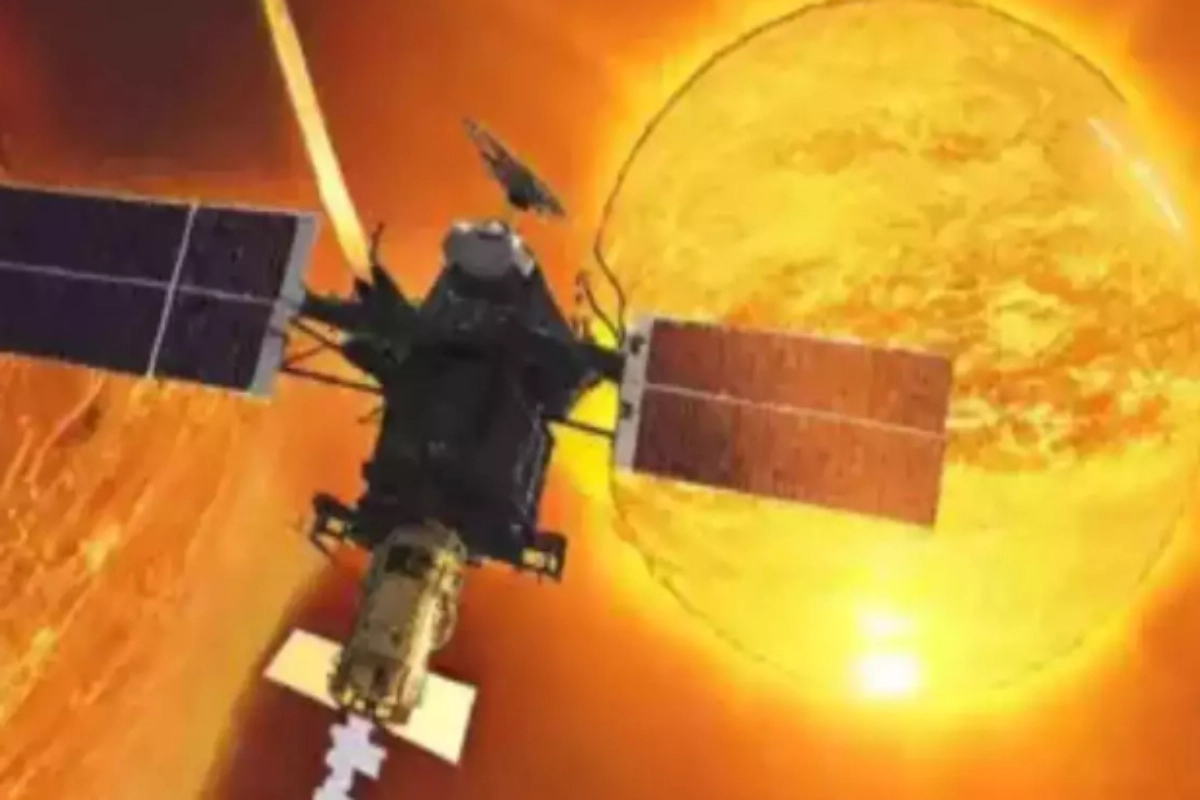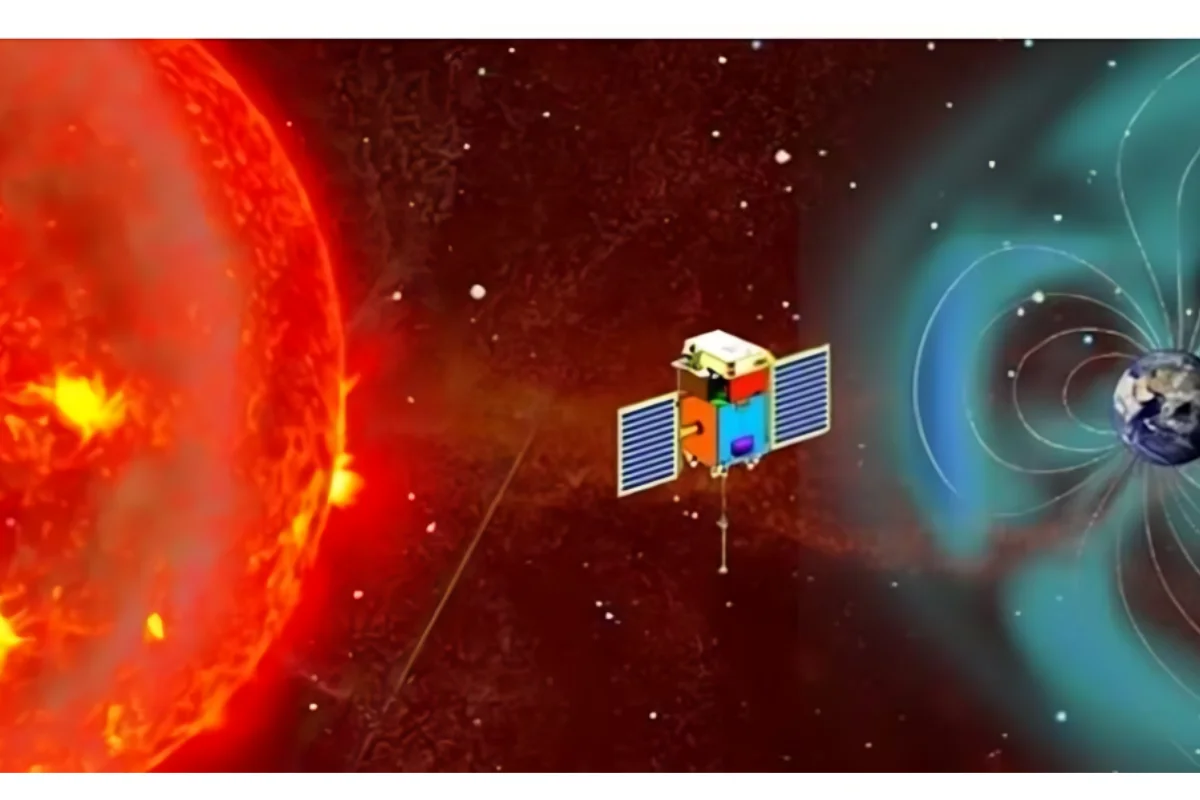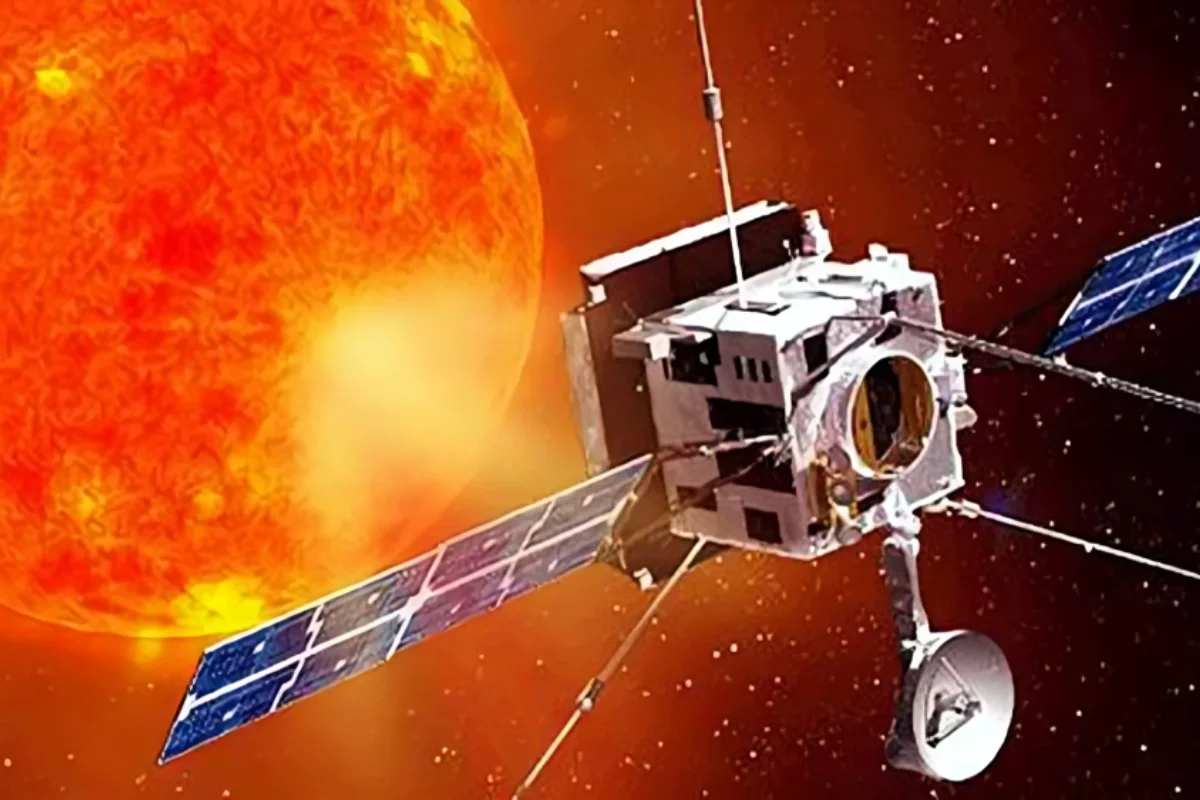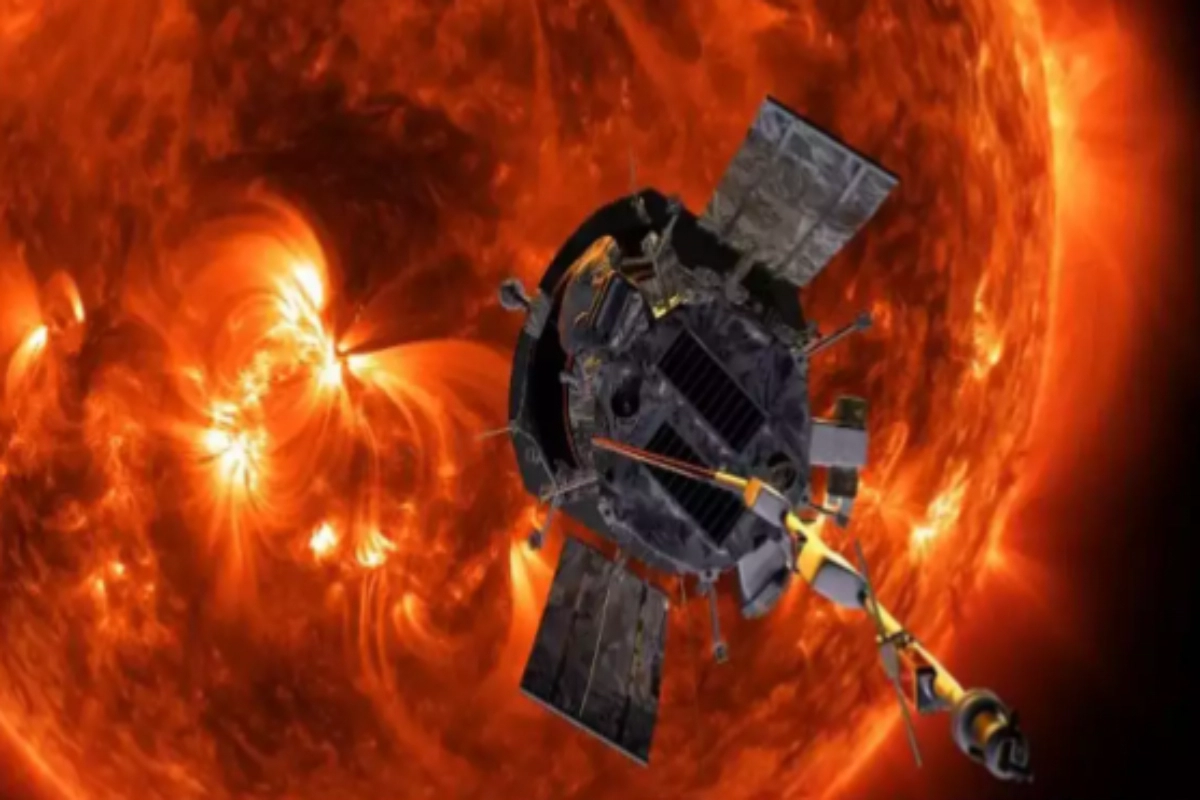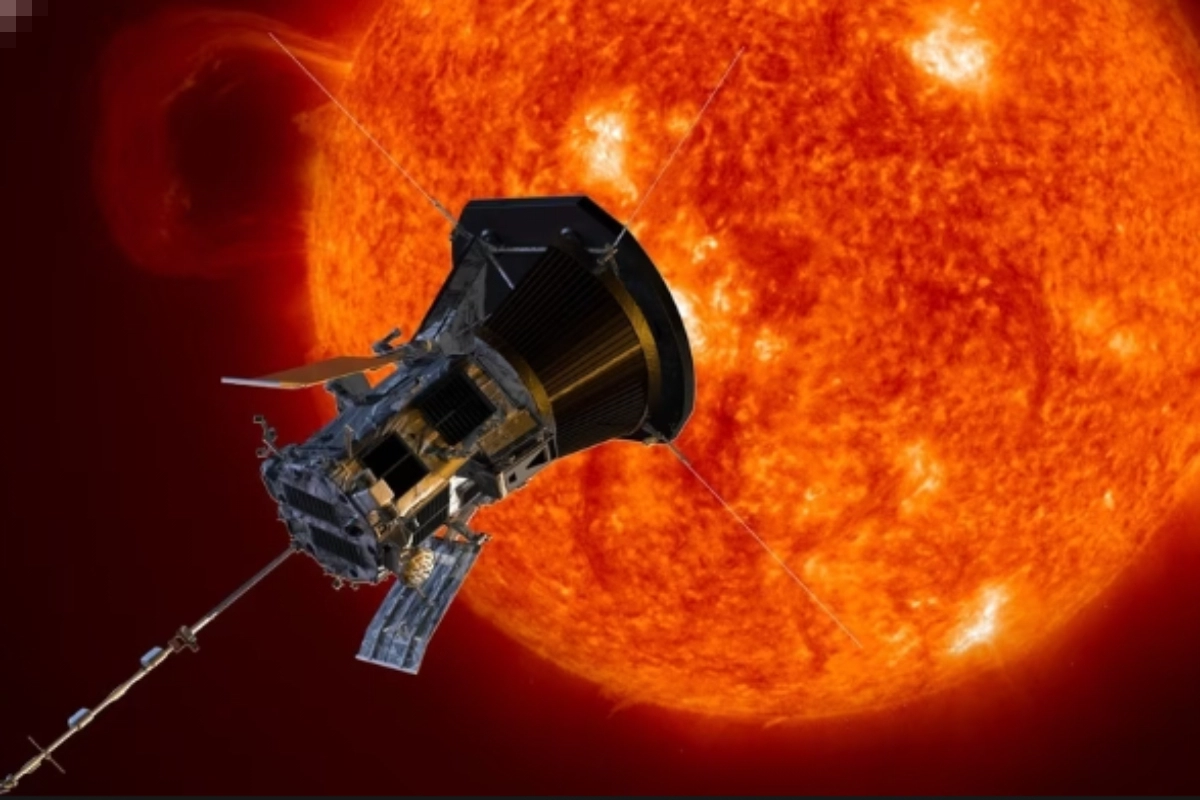Aditya-L1, the first solar observatory mission intended to study the Sun, was successfully launched by the Indian Space Research Organisation (Isro) on Saturday, marking an important milestone for India’s space exploration. The Satish Dhawan Space Centre in Sriharikota, Andhra Pradesh, hosted the launch at 11:50 IST. One of the Polar Satellite Launch Vehicle’s longest flights, the spacecraft detached from the rocket’s fourth stage over an hour after launch.
Studying the Sun’s Dynamic Activity from Lagrange Point 1 (L1)
India’s ground-breaking Aditya-L1 mission was designed to study the Sun and its dynamic activity. The spacecraft will travel roughly 1.5 million kilometres from Earth to set up a halo orbit around the Sun-Earth system’s Lagrange point 1 (L1). The satellite will be able to continuously monitor the Sun from this advantageous position, avoiding any solar eclipses, and provide real-time information on solar activity and how it affects the space weather.
A Close Look at VELC’s Solar Observation Capabilities
The Liquid Propulsion System Centre (LPSC)’s liquid apogee motor (LAM) will be crucial in launching the Aditya spacecraft into the Lagrangian Point 1 (L1) orbit, which is 1.5 million kilometres from Earth. Aditya L1’s primary payload, the Visible Emission Line Coronagraph (VELC), will send 1,440 photos per day to the ground station for study after it has reached its planned orbit. Four of the seven payloads carried by VELC will view the Sun’s light, and the remaining three will measure in-situ plasma and magnetic field parameters. “From the continuum channel, which is the imaging channel, an image will come — one image per minute. So approximately 1,440 images for 24 hours, we will be receiving at the ground station,” Aditya L1 Project Scientist and Operation Manager for VELC Dr Muthu Priyal told news agency PTI.
Keep watching our YouTube Channel ‘DNP INDIA’. Also, please subscribe and follow us on FACEBOOK, INSTAGRAM, and TWITTER.



